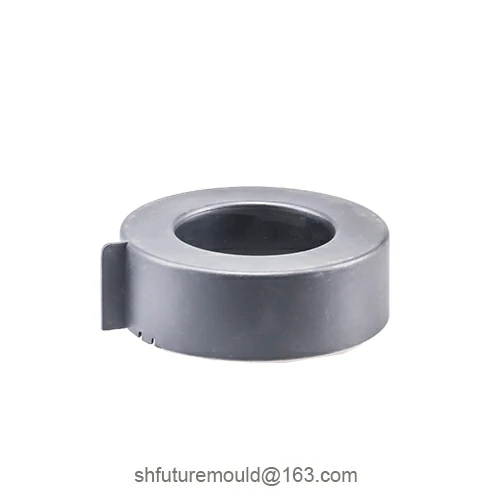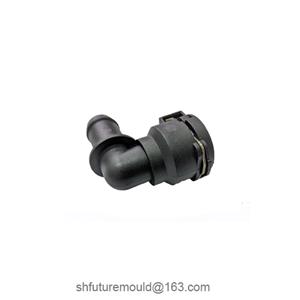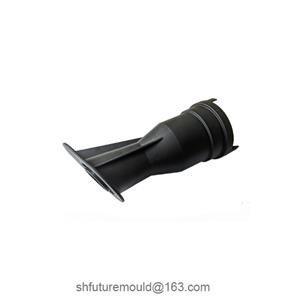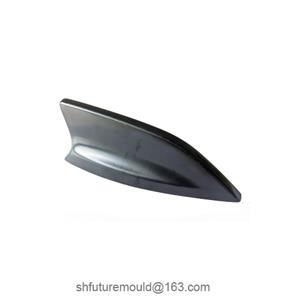Suggestions for Processing Plastic Electronic Enclosures
As the "outer garment" of electronic products, the processing quality of plastic electronic enclosures directly affects the overall appearance and performance of the product. Here are some suggestions for processing plastic electronic enclosures:
1. Material Selection
Heat Resistance: Since the internal components of electronic products generate heat during operation, the enclosure material should have good heat resistance to prevent deformation or discoloration.
Mechanical Strength: The enclosure needs to have sufficient mechanical strength to withstand shocks and pressures during transportation, installation, and use.
Insulation Performance: To ensure the safe operation of electronic products, the enclosure material must have good insulation properties.
Surface Treatment: Different surface treatment processes, such as spraying, electroplating, and screen printing, can be selected according to the product's appearance requirements.
2. Processing Technology
Injection Molding: Injection molding is the most commonly used processing method for plastic electronic enclosures, with the advantages of high production efficiency and low cost.
Vacuum Forming: For parts with complex shapes, vacuum forming can achieve better-forming effects.
Thermoforming: Thermoforming is suitable for the process of heating and softening plastic sheets for forming, which can achieve personalized shapes.
3. Design Considerations
Uniform Wall Thickness: The wall thickness of the enclosure should be as uniform as possible to avoid parts that are too thin or too thick, ensuring product strength and aesthetics.
Reinforcement Design: For large or complex parts, reinforcements can be designed to improve rigidity.
Thread Hole and Snap Design: The thread holes and snap designs on the enclosure should conform to standards and be easy to assemble and disassemble.
Ventilation Hole Design: Design reasonable ventilation holes according to the heat dissipation requirements of electronic components.
4. Quality Control
Mold Accuracy: The accuracy of the mold directly affects the size and appearance of the product, and the mold should be inspected and maintained regularly.
Material Batch Control: The properties of materials from different batches may vary, so the material batch should be strictly controlled.
Process Control: Strengthen monitoring during the production process to identify and correct problems promptly.
Finished Product Inspection: Conduct a comprehensive inspection of finished products to ensure that product quality meets requirements.
5. Common Problems and Solutions
Shrinkage: Insufficient injection pressure, excessive cooling, etc., may cause product shrinkage.
Flash: Excessive injection pressure, excessive mold gap, etc., may cause flash.
Warpage: Uneven cooling, large material shrinkage, etc., may cause product deformation.
Surface Defects: Mold surface scratches, material contamination, etc., may cause surface defects in the product.
6. Trends and Outlook
Lightweight: As electronic products become smaller and more portable, the demand for lightweight plastic enclosures is increasing.
Personalization: Consumers have an increasing demand for personalized product appearance, prompting more diverse designs for plastic enclosures.
Functionalization: Plastic enclosures not only serve as a protective layer but can also integrate some functions such as touch and display.
Environmental Materials: With the increasing awareness of environmental protection, there is a growing demand for environmentally friendly materials, and bio-based plastics and recyclable plastics will be more widely used.




